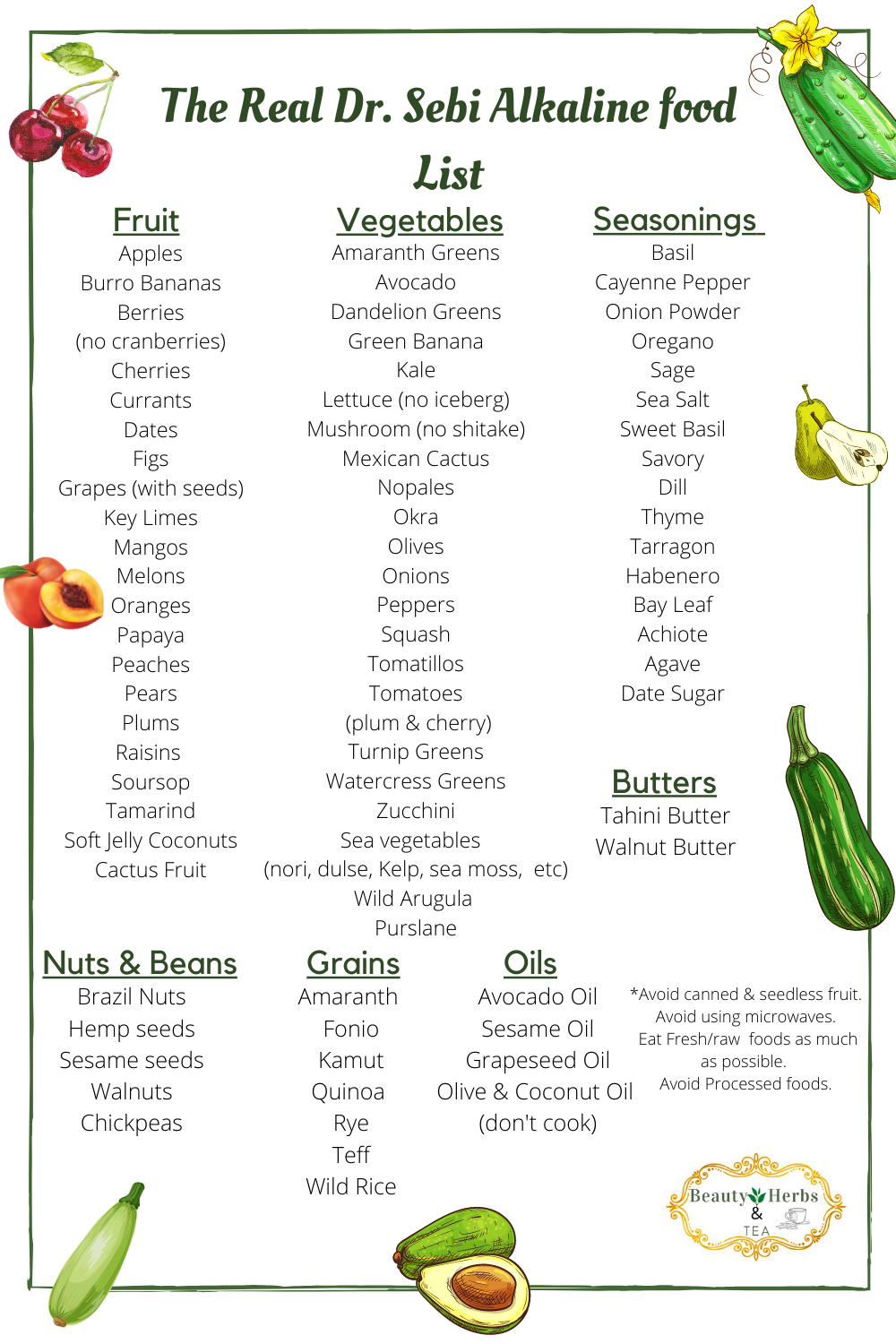
Choosing to follow an ovo vegetarian diet can help you improve your health. This is a healthy diet that can help with weight loss and chronic diseases prevention. It's important to plan a balanced meal to ensure you get all the nutrients you need. Also, it is important to choose foods rich in fiber. Fiber helps you feel fuller and maintains a healthy digestive system. It also prevents hemorhoids from developing and diverticular diseases.
You can lower your cholesterol and blood pressure by eating an ovo vegetarian diet. Research shows that vegetarians are less likely than others to develop high blood pressure, type 2 diabetes, or heart disease. It is also important that you keep track on your nutrition intake. You can consult a registered dietitian or nutritionist to determine your nutritional needs and help you create a healthy nutrition plan.
Ovo vegetarianism is also good for the planet because it helps reduce greenhouse gases emissions associated with cattle rearing. The meat industry can be very damaging to the environment. Cattle raising requires large amounts of forest to be harvested. In order to keep animals pregnant, the industry requires them to clear large areas of forest. Animals are also kept in cramped areas.

For ethical reasons, some people opt for an ovo vegetarian diet. They seek to minimize cruelty to animals, and to avoid the environmental impacts of raising cattle. Other people follow this diet for health reasons. While an ovo vegetarian diet can be healthy, you may want to consider adding a variety of health supplements. It's also important to make sure you get enough protein in your diet. Dairy and meat can be very expensive.
A plant-based diet can be much cheaper than an omnivorous diet. The price of high-quality milk products and meat can be quite high. Plant-based diets are also more sustainable. Soybeans and nuts are just a few examples of plant-based food. There are also Omega-3 fatty acids that can be obtained from nuts and seeds.
You should eat vegetables as well as a variety grains in a lacto vegetarian diet. This will help you avoid mineral and vitamin deficiencies. Try different cuisines. You can find many recipes online or in books. The USDA offers resources for lacto vegetarians.
Eating a plant based diet is not only good for your health, but it can also save you money. These diets are usually cheaper than eating meat-based meals, and it is possible to find inexpensive recipes. It is important to be aware of the ingredients in processed foods. These foods can contain a lot of sodium and additional sugar.

Vitamins and minerals can be supplemented depending on the diet. As part of your daily nutrition plan, a multivitamin is recommended. Vegetarians should ensure they are getting sufficient iron. Omega-3 fat acids can be obtained from nuts, seeds and fortified foods.
Some people may require more nutrients because of certain conditions. The most important nutrients include protein, fiber and calcium. Others nutrients might be less important for your health.
FAQ
What is the difference between fat and sugar?
Fat is an energy source that comes directly from food. Sugar is a sweet, naturally occurring substance in fruits and vegetables. Both sugars, and fats, have the same calories. But fats are twice as calories as sugars.
Fats are stored within the body and can contribute to obesity. They can lead to cholesterol buildup in the arteries, which could cause heart attacks or strokes.
Sugars are quickly absorbed by the body and provide instant energy. This causes blood glucose levels to rise. High blood sugar levels can cause type II diabetes.
What makes an antibiotic effective?
Antibiotics are medications that kill harmful bacteria. Antibiotics are used to treat bacterial infections. There are many kinds of antibiotics. Some are taken orally, some are injected, and others are applied topically.
Antibiotics are often prescribed to people who have been exposed to certain germs. To prevent shingles, an oral antibiotic may be prescribed to someone who has had chicken pox. Penicillin might also be administered to someone with strep throat. This will help prevent the possibility of developing pneumonia.
Children should not be given antibiotics without the consent of a doctor. Children are more susceptible to side effects from antibiotics than adults.
The most common side effect associated with antibiotics is diarrhea. Other side effects that could occur include nausea, vomiting and dizziness. Most of these symptoms disappear after the treatment is completed.
What are 5 ways to live a healthy lifestyle?
These are 5 ways you can live a healthy and happy life.
Healthy lifestyles include eating right, exercise regularly, getting enough rest, managing stress, having fun, and eating healthy. Avoiding sugar and unhealthy fats is key to eating well. Exercise can help you burn calories and strengthen your muscles. Getting enough sleep improves memory and concentration. Managing stress reduces anxiety and depression. Fun keeps us happy and healthy.
How can I get enough vitamins
The majority of your daily nutritional needs can be met solely through diet. However, if you are deficient in any particular vitamin, taking supplements can help. A multivitamin can contain all the vitamins that you need. You can also buy individual vitamins in your local drugstore.
If you are concerned about getting enough nutrients, talk to your doctor about what foods contain the best sources of vitamins. For example, dark green leafy vegetables such as spinach, broccoli, kale, collard greens, turnip greens, mustard greens, bok choy, romaine lettuce, arugula, and Swiss chard are rich in vitamins K and E. Other good sources include oranges, tomatoes, strawberries, cantaloupe, carrots, sweet potatoes, pumpkin, and squash.
Ask your doctor if you're not sure how many vitamins you should take. The doctor will determine the proper dosage based upon your medical history as well as your current health.
Statistics
- nutrients.[17]X Research sourceWhole grains to try include: 100% whole wheat pasta and bread, brown rice, whole grain oats, farro, millet, quinoa, and barley. (wikihow.com)
- In both adults and children, the intake of free sugars should be reduced to less than 10% of total energy intake. (who.int)
- WHO recommends reducing saturated fats to less than 10% of total energy intake; reducing trans-fats to less than 1% of total energy intake; and replacing both saturated fats and trans-fats to unsaturated fats. (who.int)
- This article received 11 testimonials and 86% of readers who voted found it helpful, earning it our reader-approved status. (wikihow.com)
External Links
How To
What does "vitamin" actually mean?
Vitamins are organic substances found naturally in food. Vitamins are essential for our bodies to absorb nutrients from the foods we eat. Vitamins cannot be made by the body; they must be taken from food.
Two types of vitamins exist: water soluble and oil soluble. Water-soluble vitamins dissolve readily in water. You can find vitamin C,B1 or thiamine, B2 or riboflavin and B3 or niacin. B6 is pyridoxine. Folic acid, biotin and pantothenic are some examples. Fat-soluble vitamins are stored within the liver and in fatty tissue. Some examples include vitamin D and E, K, A, beta carotene, and A-vitamins.
Vitamins are classified according to their biological activity. There are eight main groups of vitamins.
-
A – Essential for normal growth, and the maintenance of good health.
-
C - vital for nerve function and energy generation
-
D - Vital for healthy bones and teeth
-
E - required for good vision & reproduction.
-
K – Required for healthy muscles & nerves.
-
P – Vital for building strong bones.
-
Q – aids digestion and absorption.
-
R - Required for red blood cell production
The recommended daily allowance (RDA), for vitamins, varies based on gender, age, and physical condition. RDA values are set by the U.S. Food and Drug Administration (FDA).
For adults over 19 years, the RDA is 400 mg per day for vitamin A. Pregnant women require 600 micrograms daily to support fetal development. Children ages 1-8 require 900 micrograms per day. Infants under one year of age require 700 micrograms per day, but this amount decreases to 500 micrograms per day between 9 months and 12 months of age.
Children aged between 1-18 years old who are obese require 800 micrograms per Day, while overweight children need 1000 micrograms every day. Children underweight or obese will require 1200 micrograms a day to meet their nutritional requirements.
Children ages 4-8 years who have been diagnosed with anemia need 2200 micrograms per day of vitamin C.
2000 micrograms is the minimum daily intake for general health in adults older than 50 years. Mothers who are pregnant, nursing, or have a high nutrient need will require 3000 micrograms a day.
1500 micrograms is the recommended daily intake for adults aged 70+, as they lose 10% of their muscle every ten years.
Women who have been pregnant or are lactating require more than the RDA. Pregnant women require 4000 micrograms daily during pregnancy, and 2500 micrograms every day after birth. Breastfeeding mothers need 5000 micrograms per day when breast milk is being produced.